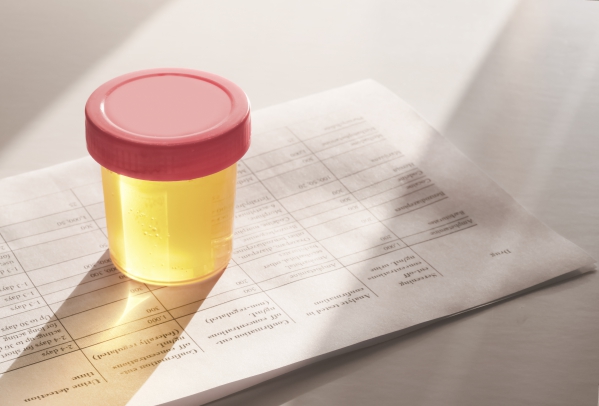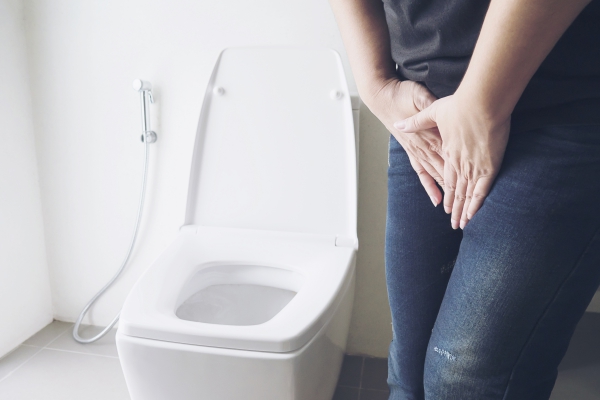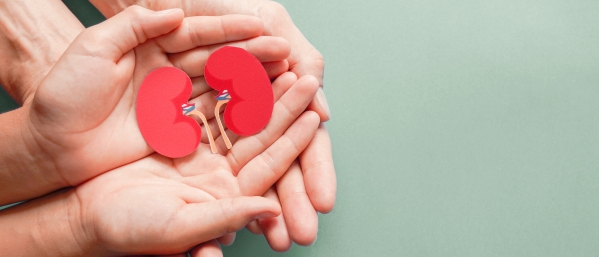What is diabetes insipidus?
Diabetes insipidus is a condition whereby your body produces an abnormal amount of diluted urine which approximates to more than 3 litres of diluted urine in 24 hours. As your body is losing too much fluids, you will be persistently thirsty. The problem may be from your endocrine system- which is when your pituitary gland produces a diminished amount of the anti-diuretic hormone (ADH) - or from your kidneys- when your kidneys are not responding correctly to the ADH hormone.
Diabetes insipidus is uncommon in the United States- out of every 100,000 people, 3 people are affected by the disease. Unfortunately, there is no cure for diabetes insipidus. However, there are some treatments available to relieve your symptoms and improve your quality of life.
What are the causes of diabetes insipidus?
When the problem is with the endocrine system, it is known as central diabetes insipidus. The pituitary gland is a pea-sized gland found just beneath the brain which is responsible for the secretion of several hormones. One of these hormones is ADH. ADH acts on the kidneys to tell them how much water to retain. Central diabetes insipidus is characterized by the decreased secretion of ADH which will reduce your body’s ability to reabsorb fluids within your kidneys. It may also occur after pituitary surgery.
When the problem is with your kidneys, it is known as nephrogenic diabetes insipidus. This is when your kidneys do not respond well to ADH and therefore result in reduced absorption of water. This condition may be observed in lithium toxicity, chronic renal insufficiency, increased calcium level (hypercalcaemia) and decreased potassium level (hypokalaemia) amongst others.

Furthermore, diabetes insipidus may be caused by pregnancy and is known in this case as gestational diabetes insipidus. This is when the placenta destroys ADH resulting in diabetes insipidus.
Primary polydipsia is another form of diabetes insipidus which is due to an imbalance in the regulation of thirst which will lead to drinking an excessive amount of fluids.
What are the signs and symptoms of diabetes insipidus?
The signs and symptoms of diabetes insipidus include:
- Polyuria- this is when you urinate more frequently and pass an excessive amount of urine.
- Polydipsia- this is when you are persistently thirsty.
- Nocturia- this is when you wake up at night because you have to urinate.
In infants the signs and symptoms may be different and include bed wetting, constipation, inability to sleep, lethargy, persistent crying, fever, weight loss and delayed growth.
In the case of central diabetes insipidus, other signs and symptoms may accompany the condition including excessive fatigue, headache, diminished libido, hair loss and dry skin.
There are several conditions which may resemble diabetes insipidus and include hypercalcaemia, hypokalaemia, head trauma, type 1 diabetes and sickle cell anaemia.
In addition, pregnancy is associated with an increased risk of developing diabetes insipidus. However, after delivery the condition usually resolves.


Making a diagnosis.
To make the diagnosis of diabetes insipidus, your doctor will first take a detailed history from you to know more about your symptoms. After the history taking, your doctor will perform a thorough physical examination to look for signs of diabetes insipidus. The findings during the physical examination varies with the severity and the amount of time that you had the condition. Enlargement of the kidneys (hydronephrosis), bladder enlargement, flank pain or pain radiating to the groin area may be present during the physical examination.
Your doctor may order some tests to confirm the diagnosis and these include:
- Serum glucose: this is to rule out diabetes mellitus which is when your blood sugar level is above normal range.
- Serum electrolytes: this is to assess your level of dehydration or to know how much and what type of fluids you need to take to improve your symptoms.
- Plasma antidiuretic hormone level: this test will measure your ADH level to confirm the diagnosis of diabetes insipidus and to assess the severity of the disease.
- Water deprivation test: this test is also known as the Miller-Moses test. This test involves you not drinking any fluids for several hours to ensure adequate dehydration and maximal secretion of the ADH hormone for diagnosis. While the fluids are being restricted, your doctor will measure your weight, urine output, ADH level, and concentration of your blood and urine.
- Magnetic Resonance Imaging (MRI) scan: the MRI scan is done to visualise your pituitary gland to look for any abnormalities around or in the gland.
- Genetic screening: your doctor may order a genetic screening test if one of your parents or sibling is affected by the same condition.

What are the treatments for diabetes insipidus?
The management of diabetes insipidus depends on the severity of your symptoms. Diabetes insipidus may be managed by:
- Fluid replacement: Drinking enough fluid to replace the urine losses may be helpful to reduce the symptoms associated with diabetes insipidus.
- Medications: Desmopressin is the drug of choice in people with central diabetes insipidus. It is a synthetic version of the ADH hormone. Other medications that can be used in the management of diabetes insipidus include synthetic vasopressin, chlorpropamide, carbamazepine, non-steroidal anti-inflammatory drugs (NSAIDs) and thiazides.
- Monitoring: Monitoring the volume of fluid intake and urination is essential in the management of diabetes insipidus.
What are the complications of diabetes insipidus?
If diabetes insipidus is left untreated, it may lead to several complications including:
- Dry mouth
- Dry skin
- Reduce elasticity of the skin
- Excessive fatigue
- Persistent thirst
- Nausea and vomiting
- Confusion
- Muscle cramps
- Loss of appetite

Prognosis
Diabetes insipidus has an excellent prognosis. In nephrogenic diabetes insipidus due to medication intake (such as lithium), stopping the intake of the medication may restore your renal function back to normal. However, after many years of lithium use, permanent nephrogenic diabetes insipidus may occur. Severe dehydration, fever, cardiovascular problems, hypernatremia and death may occur in infants and elderly people. However, death in adults is usually rare as long as water is available.

Source:
J. Alastair, I. and Simon, M., 2016. Davidson's Essentials of Medicine. 2nd ed. London: ELSEVIER.
Parveen, K. and Michael, C., 2017. Kumar & Clarks Clinical Medicine. 9th ed. The Netherlands: ELSEVIER.
Khardori, R., 2020. Diabetes Insipidus Workup.
Khardori, R., 2020. Diabetes Insipidus Treatment & Management.



